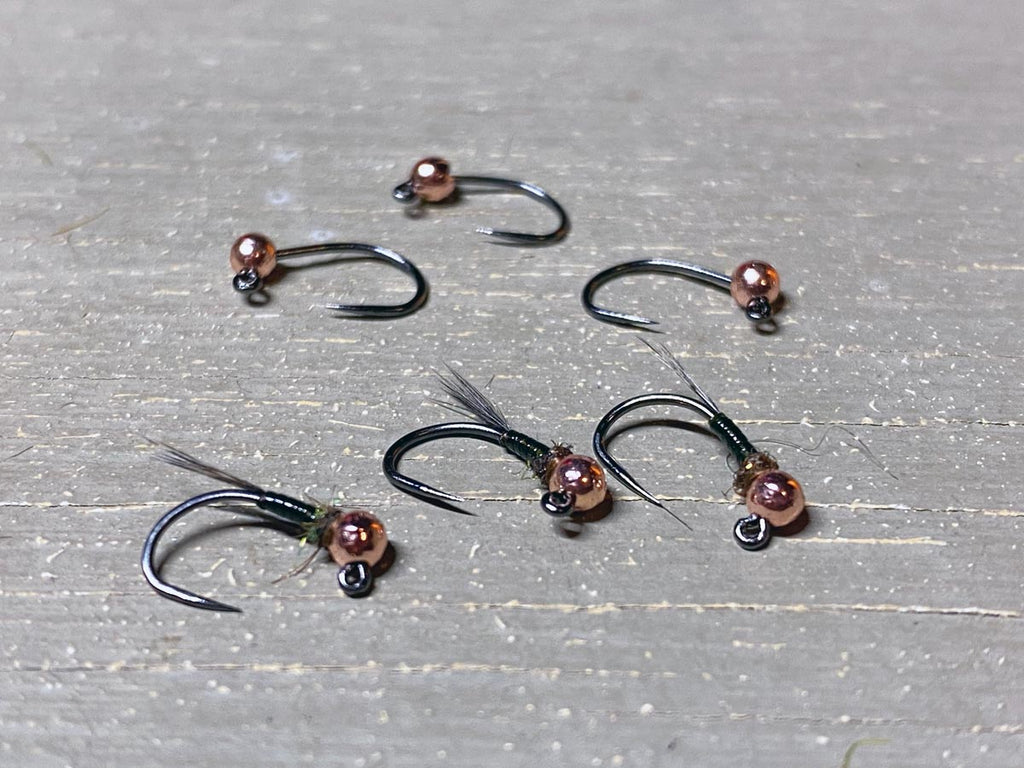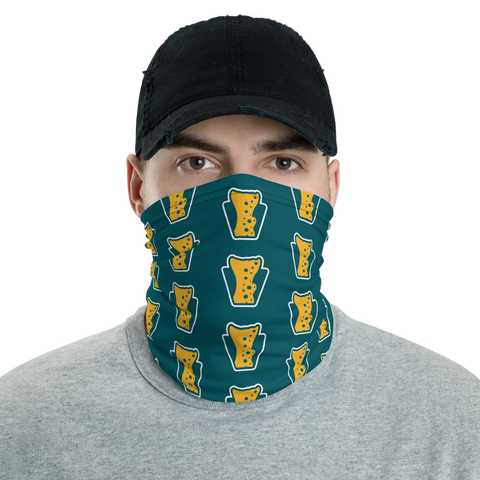
Fly Tying: An easy way to fill fly boxes
If you're anything like me, tying a lot of flies, or even keeping up with your fly boxes, could feel like it's a second job.
As a competitive angler (when we were really crankin' out the tournaments), a part-time guide, and avid recreational tree snagger, I go through a boat load of flies. You may empathize with this, or maybe you just like to have a full fly box.
If you love tying flies and you think I sound crazy, this article is probably not for you, but I envy you!
With all aspects of life, other hobbies, actual career, and maximizing my time on the water, I don't like to spend a lot of time at the tying bench.
With that said, it is very important and somewhat (actually, very) obsessive for me to have full fly boxes, covering all situations. So, unless I have a big competition or trip coming, I put together a simple 2-step strategy to keep my fly boxes full that is extremely feasible for my schedule:
Step 1: Keep it simple.
Complex and "beautiful" flies aren't necessary for being a good angler. This one is huge for me, I preach this to everyone I come across. Selecting simple flies is important to many aspects of fly fishing, but allows you to spend less time at the bench, and more time on the water.
Select flies with 2-3 materials that you can become extremely efficient at tying. If you're confident in those flies you tie, you'll have even more confidence fishing them. Read Euro-Nymphing: Find your confidence patterns
Some pattern examples to consider:
- France Flies
- Simple Pheasant Tail Nymphs (Pheasant tail, thread, dubbing, wire)
- Walts worms (can't get much simpler)
- Perdigon Nymphs
- Elk-Hair Caddis (so extremely versatile)
- CDC Puff Dry flies
- Wooly Buggers / Simple Leeches
- Thread-bodied nymphs
- Parachute Adams
- Midge bois
- so many more!
With a simplistic pattern approach, you'll have bugs flying off the vise.
Step 2: Start with a goal
Having a daily or weekly goal in mind when thinking about the flies you need is the final and most important step.
Personally, I put a daily goal together: every weekday, tie X flies.
X is defined by: my schedule, time of year, and necessity of flies.
In the spring when sulphurs are poppin' like Orville Redenbacher, I'll tie a dozen per day.
That doesn't always mean a dozen of the same fly every night, or 5 dozen of the same fly at the end of the week, I normally split them up.
For more utilized patterns, like most nymphs, I'll typically tie a dozen of the same size/weight at a time. But I'll sometimes stagger them to break up the dozens: like 6 #18 2.5mm walts worms and 6 #18 2.5mm france flies, then finish the dozen the next night.
For dries, less commonly used patterns, or other patterns that require more time, I'll do either 3 or 6 per night, breaking those up with another simple pattern. One real funky variation I sometimes tie is 3 parachute sulphurs and 9 mops.
An example of a typical week in peak bug/guide season:
- Monday: 12 #18 2.5mm drab brown france flies.
- Tuesday: 6 #18 2.5mm drab brown walts worms, 6 #18 2mm drab brown france flies.
- Wednesday: 12 #18 2.5mm hotspot brown france flies.
- Thursday: 6 #16 Parachute Sulphurs, 6 #18 2mm hotspot brown france flies.
- Friday: 6 #16 3.0 Pheasant Tails, 6 #18 2.0mm drab brown walts worms.
Breaking up the flies sometimes helps me focus better, or maybe I'll tie half of them over lunch time and half before bed if I'm really crunched for time.
Maybe you don't need as many flies, or you don't have time to tie a dozen. That's cool, the point is, just have a set amount you want to tie. 3, 6, 8, 10, whatever. The same logic applies to days, because maybe you only want to tie 3 nights per week.
Any goal is better than no goal, in my opinion. Those small increments will quickly add up to a full fly box.
To conclude, for those of us who are busy, lazy, or don't prefer spending hours at the vise: keep it simple and start with a goal.
I know this isn't some revolutionary fly tying game-changer, but it has helped me wade through the monotony that comes with tying hundreds of flies. If you have any methods you use to help with this, please feel free to share in the comments!
Thanks for reading,
Nick Meloy.


